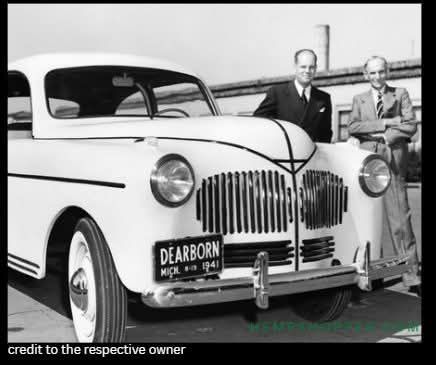Long before the electric car revolution, Henry Ford imagined a different future: a car grown from the earth.
In 1941, Ford introduced a prototype with body panels made from plant-based bioplastics—hemp, flax, wheat, soybeans, and spruce pulp. These natural fibers were formed into strong composite panels that made the car lighter than steel, dent-resistant, and easier to fix. In a now-iconic photo, Ford swung an axe at the car’s body to prove its toughness—without a dent.
But that was just the beginning.
The car was meant to run on ethanol made from agricultural waste, including hemp. Ford pictured a closed-loop system where farmers could grow not only food but also the fuel and materials for their own vehicles. It was a sustainable vision fueled by American soil.
Though the bioplastic car never went into mass production—partly because of World War II and the dominance of steel and oil—the idea still resonates today. Ford once asked, “Why use up the forests which were centuries in the making, and the mines which required ages to lay down, if we can get the equivalent of forest and mineral products in the annual growth of the fields?”
Eighty years later, the world is finally catching up to the idea Ford planted in the soil: that cars and nature don’t have to be foes—they can grow together.
